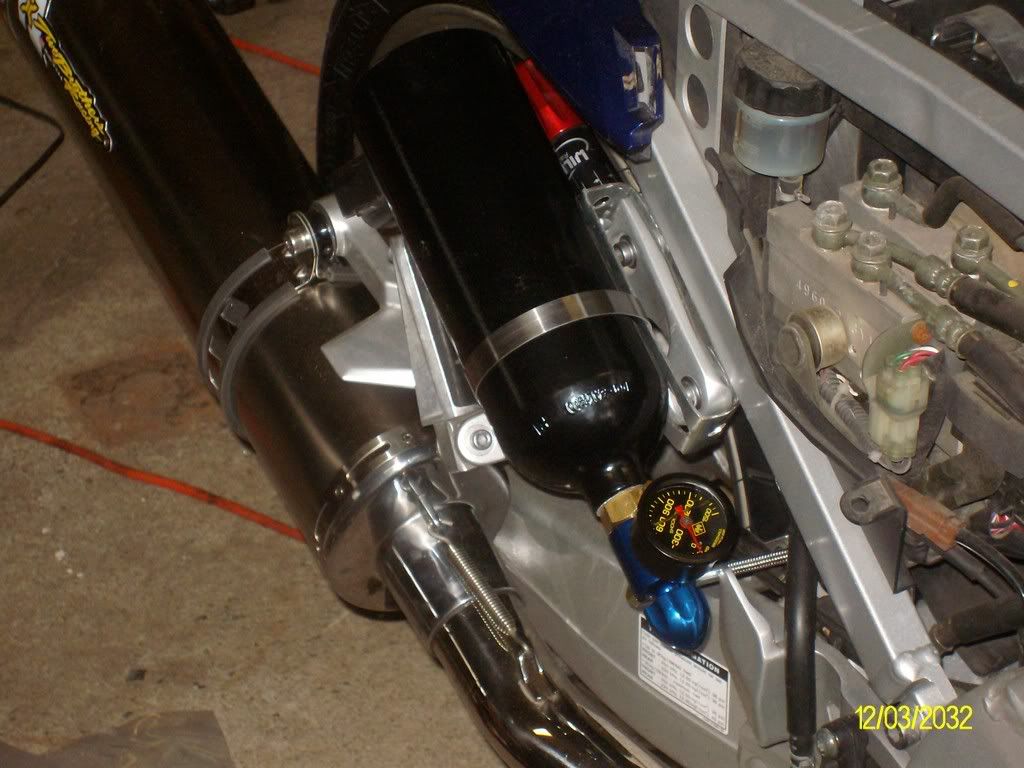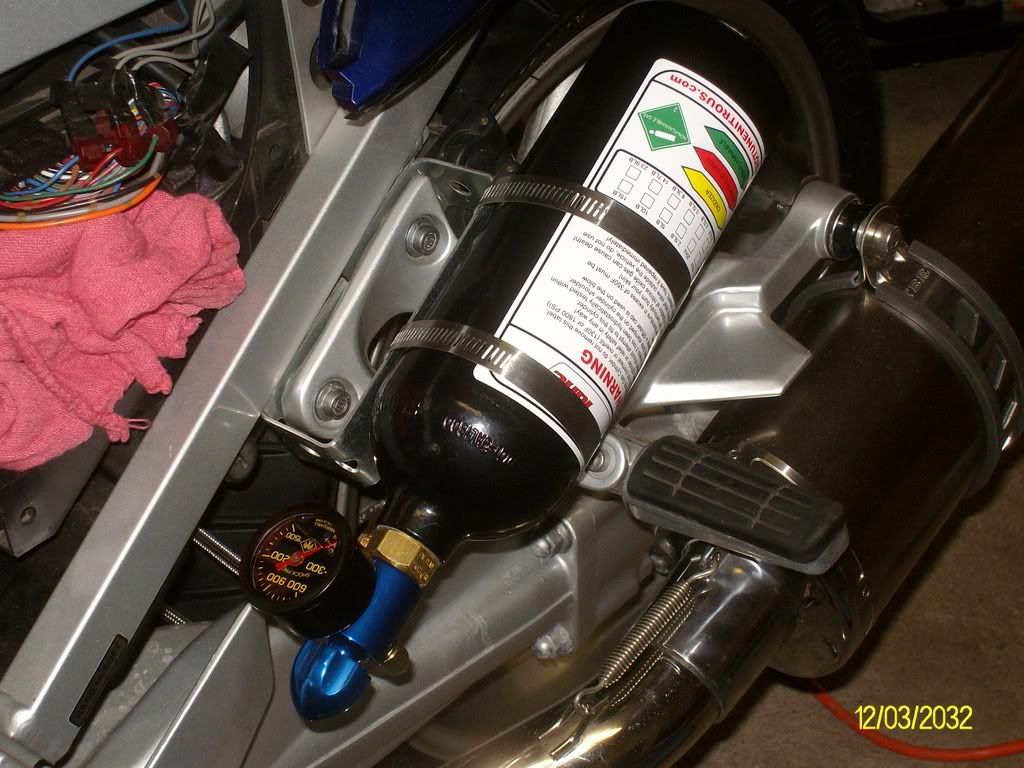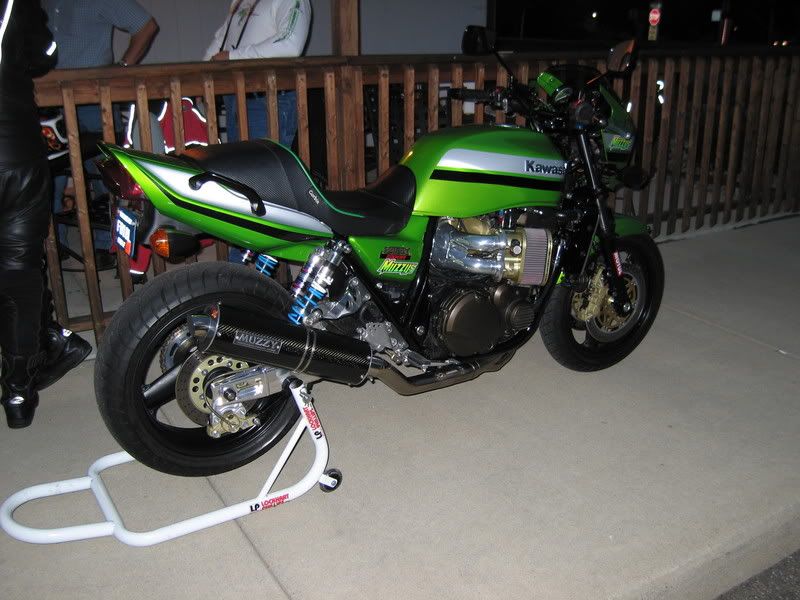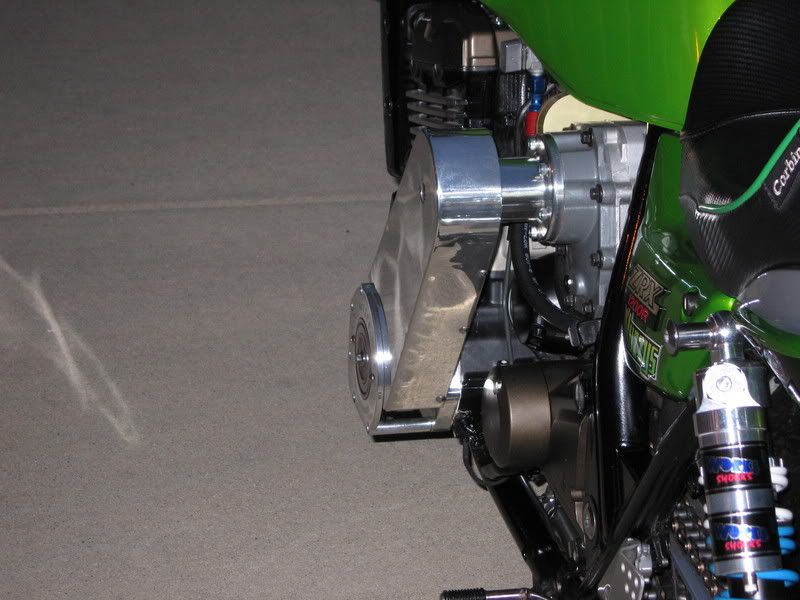beemerdons
Certifiable Old Fart
https://www.aerocharger.com/images/Aerocharger%20Brochure.pdf TurbochargedZX11: I like the fact that you have the moxie to develop your own turbo kit for your FJR. Takes a whole lot of initiative on your part, but you certainly have the mechanical background and experience to see this tough project through to the end. I am going to take the easy path on my 2002 Harley-Davidson Super Glide and just directly buy the Aerocharger kit from Aerotech. At Sturgis Bike Week 2001 I test rode a 2000 FXD TC 88, just like mine, at Aerotech's exhibit at the Convention Center in Rapid City, South Dakota.
What I really enjoyed on the 15 miles I put on an Aerocharger equipped FXD was the total lack of any noticeable turbo lag.
Naturally, the Harley-Davidson I rode, and my own H-D with turbo, will never achieve the torque and horsepower that your FJR will: The extra boost I'll be getting on my FXD is all I'll ever need! Looking forward to following this very nice thread!!!
What I really enjoyed on the 15 miles I put on an Aerocharger equipped FXD was the total lack of any noticeable turbo lag.
Naturally, the Harley-Davidson I rode, and my own H-D with turbo, will never achieve the torque and horsepower that your FJR will: The extra boost I'll be getting on my FXD is all I'll ever need! Looking forward to following this very nice thread!!!
Last edited by a moderator:


































































